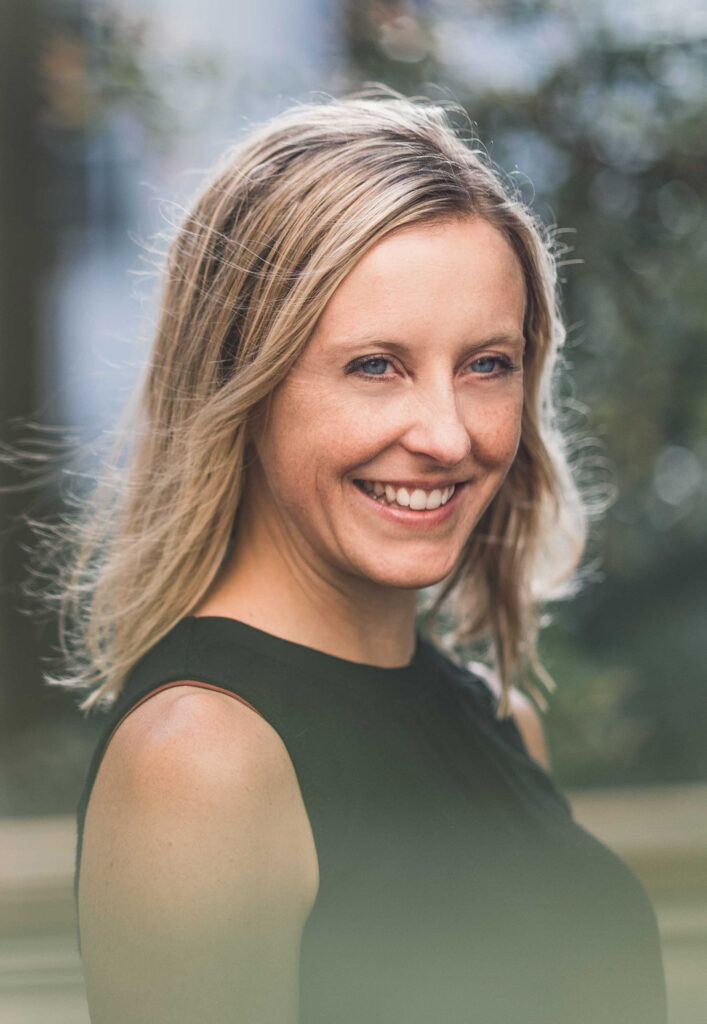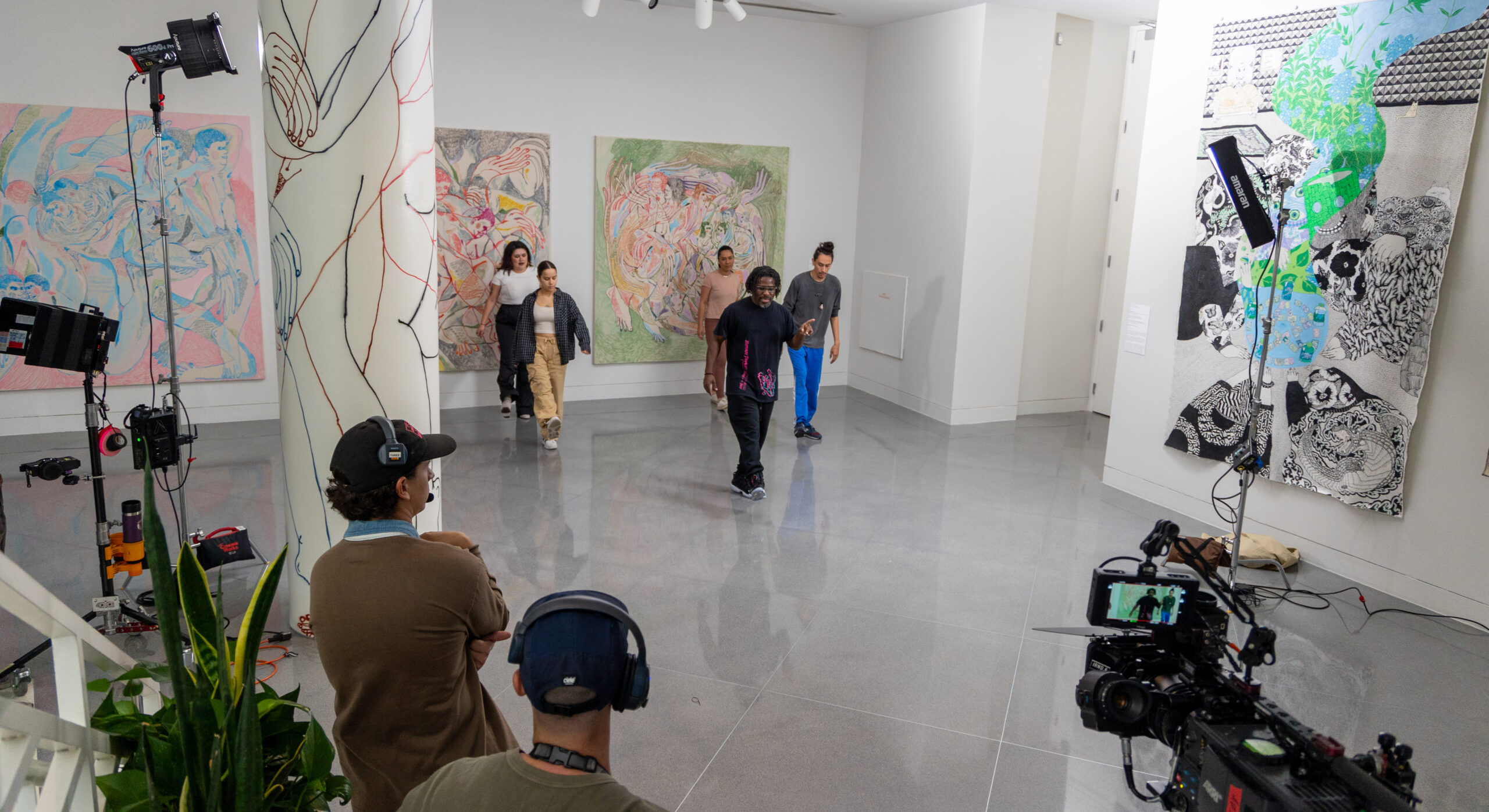The International Museum of Dance Considers Dance’s Past, Present, and Future
As a young dancer, I was taught that dance disappears as soon as it comes into existence: a definitionally ephemeral art. There’s a certain poetry to this perhaps, but also toxic consequences for dancers. If there’s no tangible trace of a thing, how can it be said to exist? If dance can’t really be said to exist, how could it ever have any economic value? If dance doesn’t have any economic value, why equitably compensate dance artists?
One of the things I appreciate about the International Museum of Dance, founded in 2018, is how thoroughly it opposes this logic. Through work across numerous global communities—and via impressive investments in emerging technologies—IMOD holds on to the material of dance history while finding ways to equitably compensate artists.
The organization just announced several new archival and educational initiatives. I spoke with IMOD’s CEO and founder, Hilary Palanza Gutkin, to learn more.

Hi! Who are you, and what is the International Museum of Dance?
My career in dance began with training and performing in San Francisco and New York City. My graduate thesis at UC Berkeley’s Goldman School of Public Policy laid the foundation for IMOD, an organization dedicated to safeguarding and surfacing global dance forms through education, archives, and exhibitions. We’re reimagining both museum and dance experiences by prioritizing service over accumulation, and empowering artists to act as curators. We’re also planning for physical locations, starting with a modular space in San Francisco.
How is IMOD different from other museums? There seems to be a lot of emphasis on collaboration.
The foundation of IMOD is cultural exchange. Our network includes academic researchers and institutions, as well as technology companies. We’ve connected with dance theorists like Kate Elswit and Harmony Bench, who have contributed valuable insights to how we understand the history of dance. We’re in relation to the legacies of Gene Kelly, Eiko Otake, and the Diné/Navajo. We present in spaces and museums such as SITE Santa Fe, the Center for Contemporary Arts of Santa Fe, Yerba Buena Center for the Arts, Performance Santa Fe, and The Santa Fe Symphony.
Can you talk about your approach to archiving, which is radically different from most museums?
We’re focused on meeting the researched needs of the global dance community, digitizing and democratizing archives. Our online platform, which debuts in 2024, will be made available to both individuals and institutions at a low cost. We have collaborated with Microsoft and Adobe to enhance the digital experience, while copyright protections ensure artists’ work is respected and safeguarded. We plan to celebrate physical archives through exhibitions in IMOD’s future spaces, as well.
I’ve been super-interested in how you approach emerging technologies for a long time, especially vis à vis labor equity. What are you working on in terms of tech, and why?
IMOD views emerging technologies as tools, not replacements. In archiving, our platform safeguards personal collections in the cloud. In education, we leverage HoloLens in 3D for immersive learning experiences. Our tech focus is on creating engaging and dynamic interactions while ensuring proper credit and recognition for dancers. We strike a balance between expansive engagement and ensuring the dance community thrives by acknowledging and rewarding contributors.





